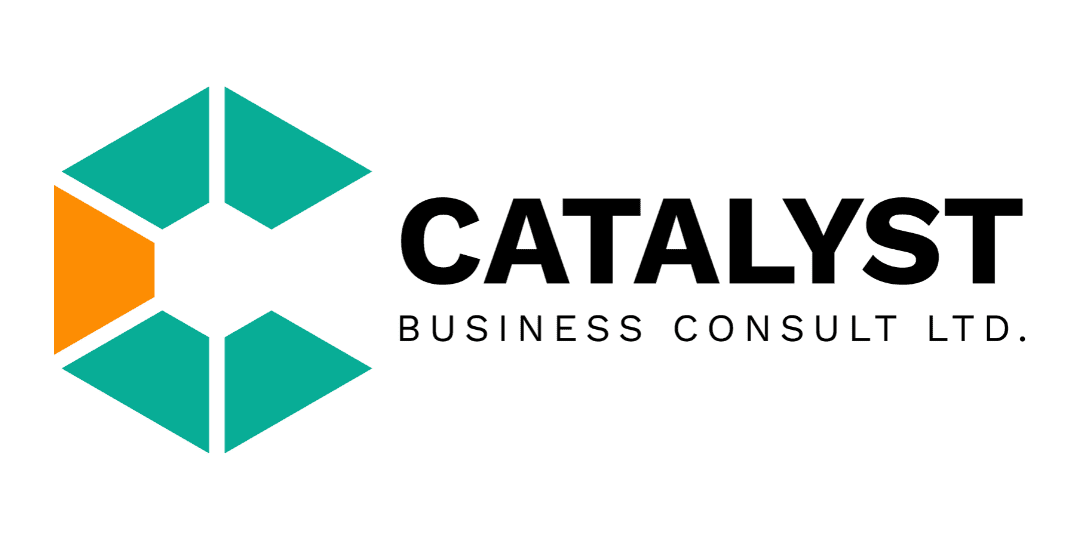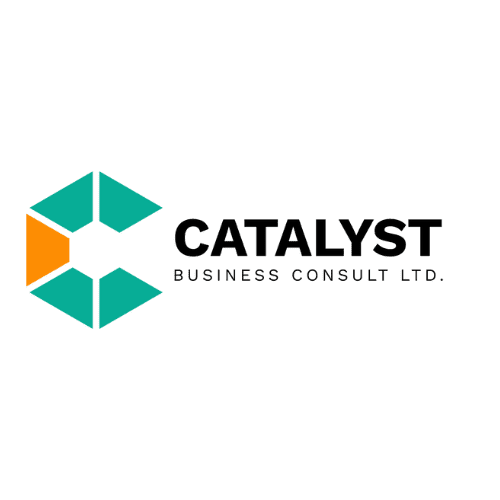What does it truly mean to have “The Human Capital Advantage”? What if the key to unlocking the greatest competitive advantage in business lies not in cutting-edge technology, not in expansive capital, but in something far more dynamic and powerful – the human element? How can investing in human capital transform the potential of an organization?
What is Human Capital?
Human Capital refers to the knowledge, skills, experience, and attributes that individuals bring to an organization. Investing in people has been recognized as a critical factor for success, as it directly contributes to a company’s competitive edge, innovation, and long-term growth. In this article, we’ll explore the value of investing in people and why organizations should prioritize this human capital advantage.
Gone are the days when businesses focused solely on tangible assets such as machinery, real estate, or inventory. Today, organizations operate in a knowledge-based economy where intellectual assets and human capital drive value. The companies that succeed in this environment are those that recognize the importance of their workforce and actively invest in their development.
The Benefits of Investing in People
Investing in people creates a ripple effect that positively impacts an organization in multiple ways:
1. Improved Productivity: Employees with enhanced skills and knowledge are more productive. Training programs, mentorship, and skill development initiatives contribute to improved performance, resulting in greater output and efficiency.
2. Increased Innovation: A well-trained and diverse workforce is a breeding ground for innovation. When employees are empowered to contribute ideas and solutions, organizations benefit from a broader perspective and increased creativity.
3. High Employee Engagement: Employees who feel valued and supported are more engaged in their work. Engagement leads to higher job satisfaction, reduced turnover, and a positive work culture, creating a more attractive environment for top talent.
4. Enhanced Leadership Development: Organizations that invest in leadership development programs create a pipeline of skilled leaders who can guide the business toward success. These leaders are instrumental in driving growth and building a strong organizational culture.
5. Better Adaptation to Change: Investing in people helps organizations adapt to changes in technology and market dynamics. A workforce that is continuously learning is better equipped to embrace new challenges and drive business transformation.

How to Invest in People
Investing in people involves more than just training and education. It encompasses a holistic approach that fosters growth, inclusion, and employee well-being. These are some key strategies for investing in people:
- Offer ongoing training programs and resources to help employees enhance their skills.
- Pair employees with experienced mentors who can guide their career growth.
- Acknowledge the importance of employee well-being by promoting work-life balance and providing wellness programs
- Invest in creating a diverse and inclusive workplace where all employees feel valued and respected.
- Provide clear career paths and growth opportunities within the organization. This helps retain top talent and encourages employees to stay with the company long-term.
Investing in people is no longer optional—it is a strategic imperative for organizations seeking sustained success. By embracing the human capital advantage, businesses can create a more productive, innovative, and engaged workforce. The result is a thriving organization that is well-positioned to navigate the challenges and opportunities of the future.

Kindly follow and Contact us via the following platforms:

